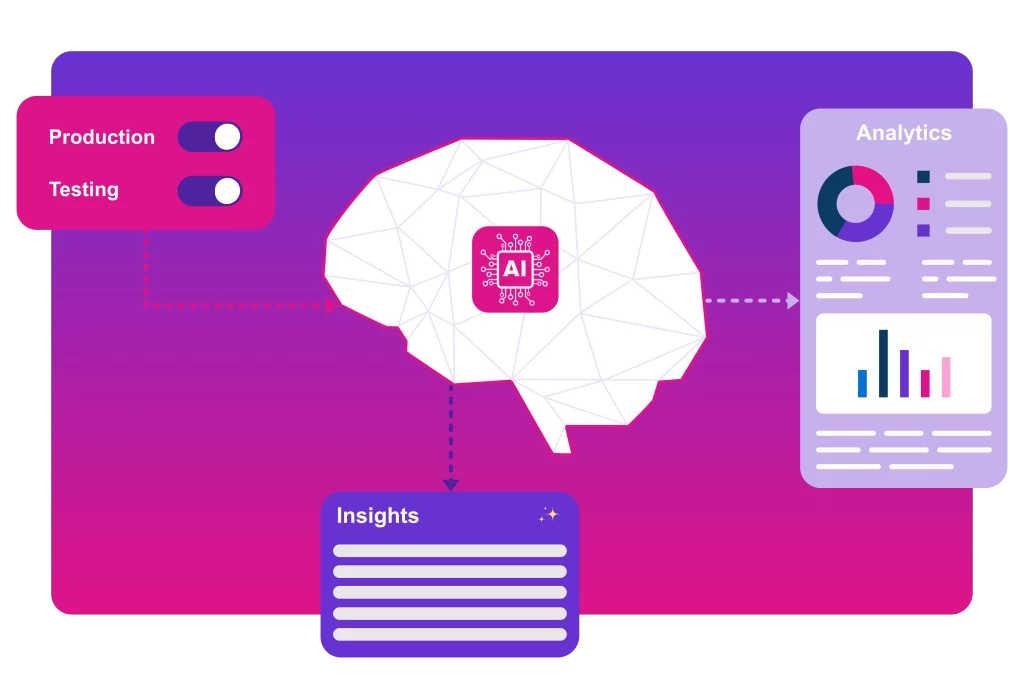
Insights & Coverage Gap Analysis for Optimized Tests
AI analysis of anonymized data collected in production, visualization of the gap between what tests cover and what users do, and execution assistance. All for optimized testing!


Quality Intelligence Powered by AI
Gravity’s primary function is to produce Quality Intelligence by processing the ingested data through machine learning algorithms. This involves translating raw data into meaningful insights using techniques such as pattern recognition, trend and correlation analysis, anomaly and outlier detection, and more. The analytics, insights, and recommendations generated by Gravity aim to improve testing efficiency and coverage, lower maintenance overhead, optimize resource allocation and reduce costs by concentrating testing efforts on the most critical parts of the application based on the frequency of use in production.

Comprehensive test gap analysis
Gravity aggregates raw data from development, testing, and live user behavior to generate Quality Intelligence models. It uses techniques like pattern recognition and anomaly detection to provide insights, helping testing teams identify coverage gaps, optimize testing efforts, and speed up manual testing with AI recommendations.

Test Suite Optimization & Prioritization
Gravity features an AI-powered engine that optimizes test suites by prioritizing test cases as high, medium, or low based on factors like complexity, defect history, execution time, and production usage. This data-driven approach focuses testing on high-impact areas, reducing execution time, and accelerating software delivery.





